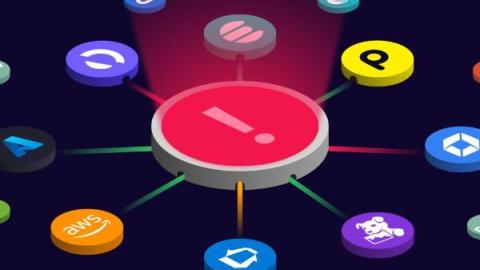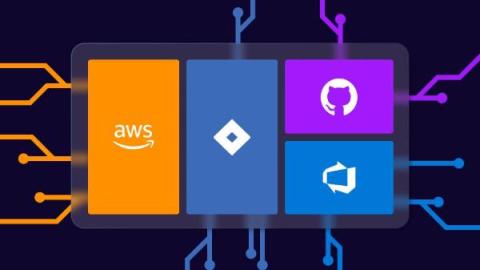Announcing... Markdown magic
We're excited to share a small but mighty new feature. Our Text tile now supports Markdown! This allows you to include rich content on your dashboards such as headings, links, lists, images and more. At SquaredUp we know that a useful dashboard is more than just a few charts. With this update you can now provide key context to the data on a dashboard to help tell the right story. For example you might want to: You can easily do all that now, and more.










